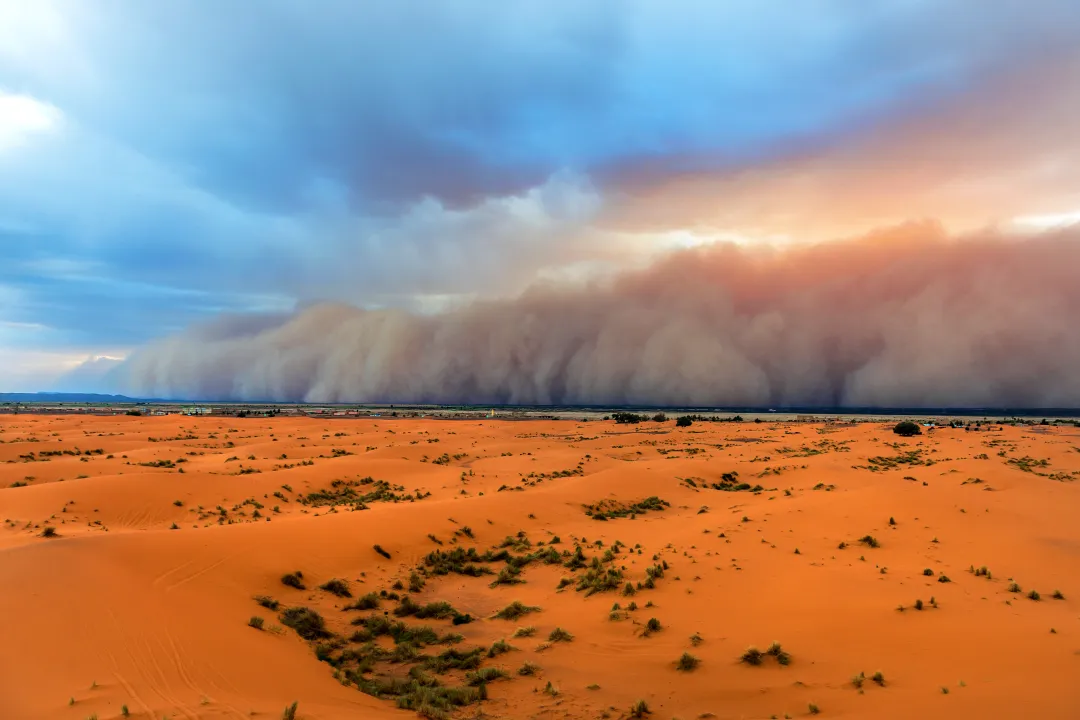
Sand and dust storms now affect over 330 million people across 150 countries,with serious consequences for health,food security,and economies,according to a new report by the UN’s World Meteorological Organization (WMO).
Marking the International Day of Combating Sand and Dust Storms,the UN General Assembly declared 2025–2034 the official Decade for Action on this escalating crisis. They “are fast becoming one of the most overlooked yet far-reaching global challenges of our time,” warned Assembly President Philemon Yang. Driven by climate change,land degradation,and unsustainable land use,the storms contribute to an estimated 7 million premature deaths annually by worsening respiratory and cardiovascular disease. Nearly half of the world’s population — 3.8 billion people — was exposed to unsafe dust levels between 2018 and 2022.
The storms also have a steep economic toll. In the Middle East and North Africa alone,annual costs reach $150 billion — about 2.5% of regional GDP. This spring,storms in Iraq overwhelmed hospitals,while others in Iran and Kuwait shut down schools and offices. More than 80% of global dust originates from deserts in North Africa and the Middle East,yet the particles travel globally — reaching the Caribbean,Florida,and beyond. UN officials are urging governments to invest in early warning systems and sustainable land management. “We have the tools to act,” said Undersecretary-General Rola Dashti. “What we need now is collective determination and financing to bring these solutions to scale.”
United News - unews.co.za